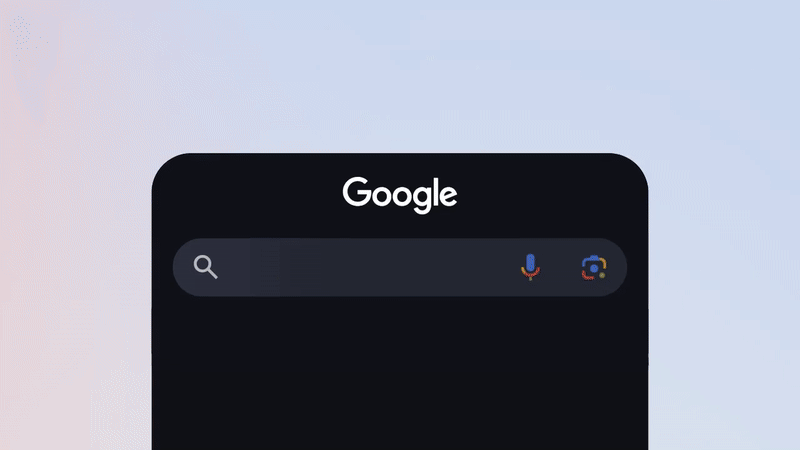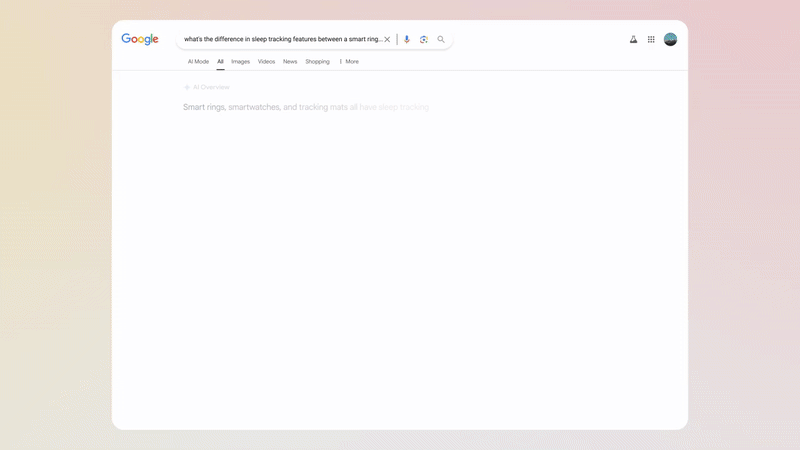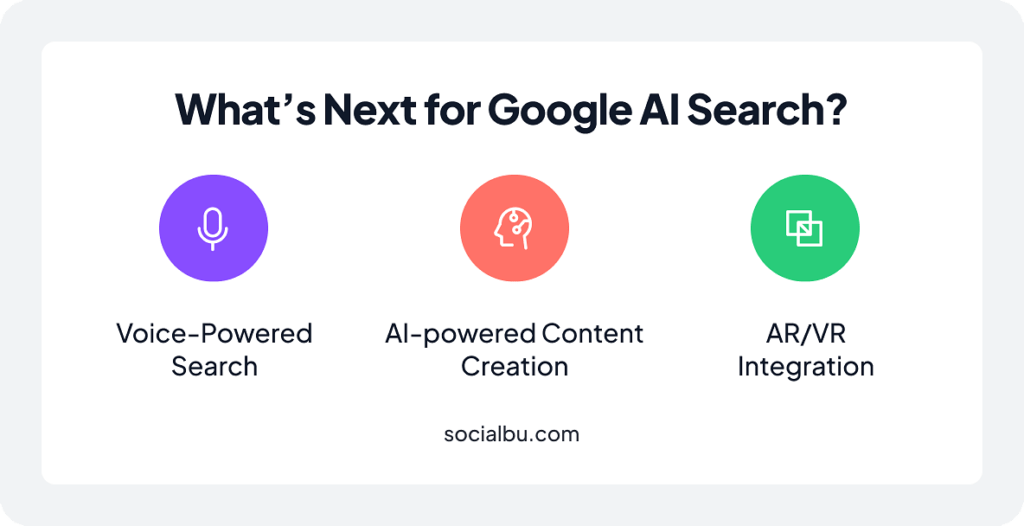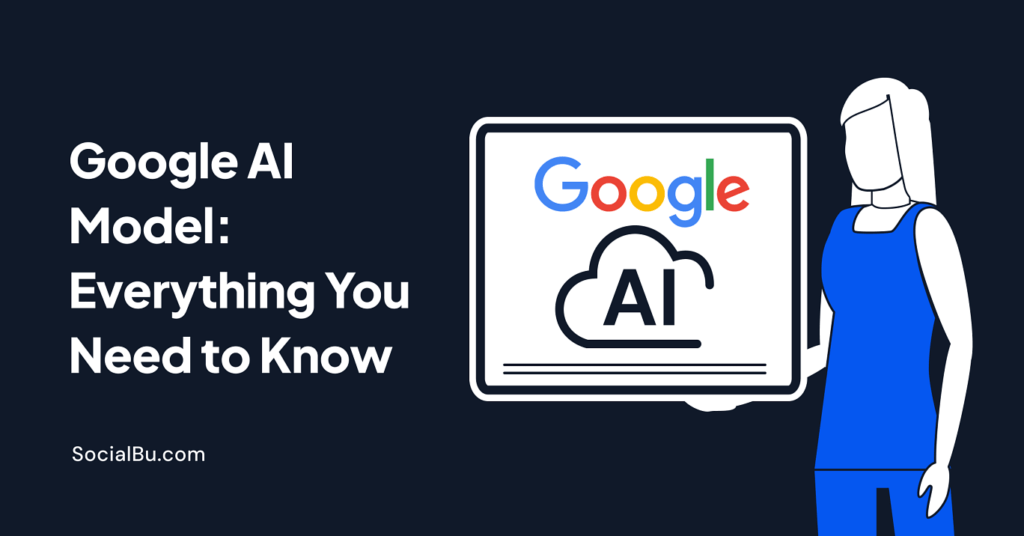Imagine a search experience that doesn’t just generate links but understands what you’re asking and responds like a human being—that’s what Google AI Mode brings to the table in 2025. You’re probably used to typing keywords into Google and sifting through results pages.
With Google AI Mode, powered by Google Gemini 2.5 AI, you’re stepping into a world where conversational search is packed with insights.
This blog will cover everything you need to know about Google AI Mode, from its features and tech to how it compares to old-school search and what’s next.
So, let’s dive in to read more about Google AI mode.
What Is Google AI Mode? A Closer Look
So, what exactly is Google AI Mode? At its core, it’s Google’s next-generation search feature. It is a search engine that understands what you’re asking, not just matching keywords.
As Google says in its official blog, “AI Mode is designed to make search more intuitive, helping you find what you need faster and with less effort”. That said, it leverages the groundbreaking Gemini 2.0 model to deliver more context-aware and conversational results than anything you’ve seen before.
Key Features of Google AI Mode
What makes Google AI Mode so special? Here are some of its standout features:
- Conversational Search: This is huge. With AI Mode, you can have a conversation with Google. Then, ask a follow-up question, and AI Mode will remember the context of your previous query. This means you can refine your search and get more precise answers without starting from scratch every time.
- Comprehensive Responses: Forget about just getting a list of links. AI Mode generates detailed answers, summaries, and visual aids like charts and graphs. This saves you so much time and effort! You get the information you need, presented clearly and concisely.
- Personalized Recommendations: Google AI Mode learns your preferences and behavior to offer tailored suggestions and insights. Over time, this means the search results become more relevant to you.
- Real-Time Updates: Need the latest weather forecast or stock prices? AI Mode can pull in live data to provide you with up-to-the-minute information. No more switching between apps or websites – it’s all in your search results.
The Tech Behind It
Google Gemini 2.5 AI is the driving force behind Google AI Mode. It powers its ability to process and generate human-like responses at scale. Gemini 2.5 has been trained on massive datasets of text and code, allowing it to grasp the meaning and intent behind your queries.
It can synthesize information from multiple sources, generate summaries, and create visuals. This allows Google AI Mode to go beyond simple keyword matching, diving into the intent and subtleties of your questions to deliver precise, relevant answers.
Interactive and Conversational Capabilities
The ability to converse with your search engine is a paradigm shift. Think about how you currently use search. You should type in a few keywords, get a list of links, and click through to find the necessary information. With Google AI Mode, that process becomes much more fluid and natural.
You can ask complex questions, and AI Mode will understand the nuances of your query. For instance, follow-up questions can be asked to clarify points or delve deeper into a topic. The AI remembers the context of the conversation, so you don’t have to repeat yourself.
Another key feature is personalized recommendations. Google AI Mode suggests custom-built insights based on your habits and preferences, making every search feel relevant.
Essential Tip: Similar to Google AI mode, SocialBu’s AI assistant can elevate your social media strategy with smart, tailored strategies.
How Google AI Search Compares to Traditional Search
When comparing Google AI search to the traditional search, the difference goes to the next level—traditional search engines lean on keyword matching and static algorithms, showing you a list of links you then have to sift through yourself, while AI search visibility transforms how content is discovered and presented to users.
Google AI Mode, however, leaps forward by understanding the intent behind your query. It offers direct, AI-generated answers, complete with visuals and summaries and the option to dive deeper with follow-ups, making your search experience far more dynamic.
This means you can ask questions in natural language, just like you would to another person, and AI Mode will understand what you’re trying to find. It then provides direct answers, summaries, and interactive features, saving time and effort.
This difference is enormous. It’s a shift from a list of links to a dynamic and interactive experience.
A Closer Look at Google AI Mode in Use
Now that AI Mode is up for experimentation, let’s see how it handles real-world scenarios, giving you a taste of its potential through practical examples.
Weekend Plans
Suppose you’re planning your weekend and want to know what’s happening locally—ask Google AI Mode, “What are some local events happening in the Hudson Valley this weekend?” and you’ll get a swift, organized list of events with descriptions, times, locations, and links to sources, pulling from diverse websites faster than you’d manage by checking each one manually.
Meal Suggestion
For meal planning, if you’re staring at eggs, spinach, and feta in your fridge and wondering, “What can I make for dinner?” AI Mode will suggest four dishes with brief overviews, cooking tips, and recipe links, saving you from ordering takeout and showing off its ability to blend creativity with utility.
Book Advice
Finally, for book advice, asking for “funny fiction novels with fantastic elements or settings” might yield suggestions like Terry Pratchett’s Discworld or Douglas Adams’ Hitchhiker’s Guide, plus new finds you hadn’t considered. This proves its knack for personalized, insightful recommendations that feel like chatting with a librarian.
Will AI-Driven Search Be the End of Organic Search Results?
This is a big question. Will AI-driven searches like Google AI Mode spell the end of traditional organic search results? It’s a complex issue with no easy answer.
While AI Mode provides direct answers and summaries, it also often includes links to the sources of that information.
Organic search results will likely continue to play a role, but their importance may shift. Websites may need to adapt their strategies to focus on providing comprehensive and authoritative information that AI Mode can use to generate its responses.
Potential Consequences
The rise of AI-driven search does come with potential consequences:
- Impact on Web Traffic: If Google AI Mode delivers direct answers, you might not click through to websites, hurting SEO-driven traffic businesses and creators depend on for visibility. This could shake up how online content gets discovered.
- Accuracy and Bias: AI-generated answers must be accurate and unbiased. AI Mode may present misinformation or reflect biases in the data it was trained on. To minimize these risks, Google must ensure its AI models are rigorously tested and refined.
- Challenges for Content Creators and Small Businesses: The shift toward AI-generated answers could disproportionately affect small businesses and independent content creators who rely on organic search traffic.
Other Challenges and Concerns
Beyond the big-picture issues, Google AI Mode faces other challenges that might affect how you use it, and it’s worth considering these upfront.
One major worry is the learning curve. While it’s designed to be intuitive, users might need time to adapt from keyword searches to conversational queries, and not all users will respond immediately.
There’s also the question of dependency; leaning too heavily on AI Mode could make you less skilled at critical thinking or traditional research, which might not always be good.
Technical glitches or biases in the AI’s training data could skew results, too, so you’ll need to cross-check essential findings. Google’s ongoing testing through search labs and platforms like Gemini(formerly known as Bard) shows that they’re working on these.
What’s Next for Google AI Search?
The future of Google AI search seems exciting. Google plans to expand its AI capabilities in several key areas:
- Voice-Powered Search: Imagine asking Google a question out loud and getting an instant, spoken response. Integrating voice commands will make searching even more convenient and accessible.
- AR/VR Integration: Google is exploring ways to use augmented and virtual reality to allow users to search for and interact with information in immersive environments. This could open up new learning, exploration, and entertainment possibilities.
- AI-powered Content Creation: Google is developing tools to generate summaries, articles, and other forms of content directly within search results. This could further streamline the information-gathering process and give users even more comprehensive answers.
Wrap-Up
So, what does Google AI Mode mean for you in 2025? It’s a leap toward a faster, more intelligent, and more engaging search experience. It’s redefining how you find and use information.
It outpaces traditional search with conversational depth, real-time insights, and versatile applications, from weekend plans to business strategies. It also navigates challenges like privacy and accuracy.
Whether you’re a student, professional, or just curious, Google AI Mode, accessible via Google AI search and platforms like Google AI Studio, will make your digital life easier and more insightful.
Sign up for SocialBu’s 7-day free trial to enhance your digital strategy alongside tools like Google AI Mode.
FAQs
How do I turn Google AI on?
To activate Google AI Mode, you’ll need to access it through Google’s Search Labs, where it’s currently in experimental mode. The Google Support Page provides step-by-step instructions for enabling this feature and using Google AI search for more intuitive results.
How do I turn on AI mode?
Turning on AI mode involves going to Google Search Labs and opting into the experimental features, which include Google AI Mode. Check the Google Support Page for details on how to set it up so you can experience this advanced search experience.
Is Google AI Bard available?
Yes, Google Bard is now Google Gemini. It is now part of the Google AI ecosystem and is available. It integrates with tools like Google Gemini 2.5 AI to enhance your search capabilities. You can access it through Google’s platforms, and it’s designed to offer conversational, context-aware responses.
How to use Google Bard AI?
Using Google Bard AI, now called Gemini, is simple—head to the Google AI search interface or Search Labs, type your query, and engage with the responses as you would in a chat. It’s excellent for follow-up questions and detailed insights, making it a powerful part of your Google AI Mode toolkit.
Can I use Bard for free?
Yes, you can use Google Bard, now called Gemini, for free as part of Google’s public offerings, accessible through their search and experimental features. It’s a no-cost way to explore what Google AI chatbot and Google AI search can do for you.
What is ChatGPT AI?
ChatGPT AI is an AI model developed by OpenAI that is known for generating human-like text and conversational responses. It’s different from Google AI Mode. While both aim to enhance user interaction, ChatGPT operates independently and isn’t tied to Google’s ecosystem, offering a distinct flavor of AI-driven dialogue.







